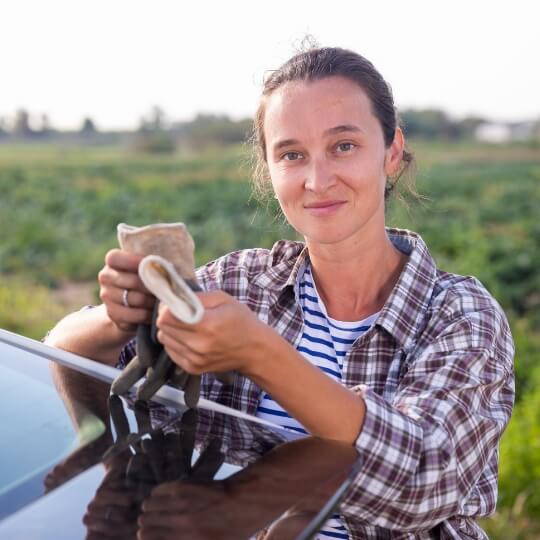Contacting the police
If your situation has escalated quickly and becomes an emergency, or life threatening to you or those around you, it’s important to call the police straight away on Triple Zero (000).
If you don’t need urgent help, you can call the Police Assistance Line on 131 444 to talk to someone, get advice and make a report. They can give you information about what to do, based on your situation.
You can also contact the police by going online or visiting a local station.
Find your local police station
- Australian Capital Territory
- New South Wales
- Queensland
- South Australia
- Tasmania
- Victoria
- Northern Territory
- Western Australia
Talk to a specialist officer
When you visit or call the police, ask to speak to a senior police officer. You could also talk to a specialist Domestic and Family Violence Officer – they are experienced in helping people to deal with domestic, family and sexual violence issues.
You can ask if you have the option to speak with another specialist officer, based on your situation:
- If you are lesbian, gay, bisexual, transgender or intersex (LGBTIQ+) you can ask to speak with a Gay and Lesbian Liaison Officer.
- If you are Aboriginal or Torres Strait Islander, you can talk with an Aboriginal Liaison Officer.
- If you are from a culturally or linguistically diverse background, or part of a multicultural community, you can speak with either an Ethnic Community Liaison Officer or a Multicultural Community Liaison Officer.
- If you are under the age of 18, you may wish to speak to a Youth Liaison Officer.
Give as much information as you can
Tech-based abuse is often part of a broader pattern of domestic, family and sexual violence that can be physical and non-physical. What may seem like a small incident on its own can be part of a pattern of abusive behaviours or events that feels worse over time. That means it’s important to give as many details to the police as you can, so they get a good understanding of your situation.
Even if you’re uncertain that you want to make a formal report, you can ask the police to make a note of your complaint. Get them to give you a copy or write down the reference number for you. Then if you report more incidents, you will be able to prove there’s been abuse over a period of time.
It can also be helpful to write down the name and rank of the officer you spoke with, in case you need to follow up later on.
Trauma can affect your memory, so it’s understandable if you can’t remember everything. You don’t need to have a perfect or complete account of your abuse to make a report. It may help to write down the main points (but keep them in a safe place that the abuser can’t access).
These are some useful things to include when you speak to the police:
- Who is abusing you – or who you think might be doing it.
- When the abuse happened – when it started, dates and times it happened, and if it’s been happening more often over time.
- How the abuse happened – what devices, online platforms or services were used by the abuser and what did they say or do? For example, did it include harassment, threats, cyberstalking or image-based abuse (also known as ‘revenge porn’)? You can also explain relevant context. For example, you could let the police know why you feel threatened by a comment that may seem harmless to someone else.
- Evidence of the abuse – the police will want any evidence of the abuse you have collected, such as screenshots of abusive text or chat messages that will help tell your story and explain your situation. See our advice on how to collect evidence.
Take someone to support you
You could take a trusted friend, family or community member along to support you. It may be useful to ask them to take notes, so you can focus on listening and speaking without having to worry about remembering what was said.
You can also take a lawyer or a domestic, family and sexual violence support worker with you when you meet the police. This can be useful especially if you’ve already spoken to the police but they have not helped you.
Ask for help with court or legal processes
If you choose to take legal action, the police or a victim advocacy or support service can help you:
- apply for a protection order (also known as an intervention or domestic violence order) to protect you from the abusive person, who might be a partner, ex-partner, family member, a person you are living with, or someone you dated
- support you in giving evidence in court – it can be distressing to give evidence so it’s good to have support throughout court proceedings
- prepare a Victim Impact Statement – this is used in legal proceedings to tell the court how the abuse has affected you – including any grief, distress or trauma you have experienced.
